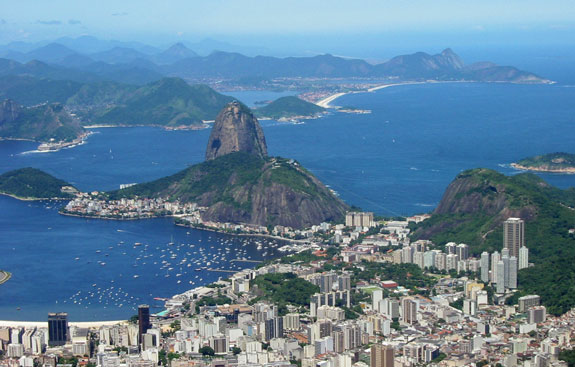The ANU SkyMapper telescope at the Sliding Spring Observatory has discovered the oldest known star in the Universe (Photo: ANU)
A team of astronomers at The Australian National University (ANU) working on a five-year project to produce the first comprehensive digital survey of the southern sky has discovered the oldest known star in the Universe. Just a 6,000 light year astronomical hop, skip and jump from Earth, the ancient star formed shortly after the Big Bang 13.7 billion years ago.
Similar to the Sloan Digital Sky Survey (SDSS), which is mapping the Northern Hemisphere sky, the SkyMapper Southern Sky Survey is casting its telescopic eye on the southern sky. In the first year of the five-year project, the ANU SkyMapper telescope at the Sliding Spring Observatory about 500 km (310 miles) north west of Sydney has photographed some 60 million stars.
As well as creating a comprehensive census of the stars in the southern sky, SkyMapper is also tasked with mapping dark matter and uncovering the first quasars and stars to form after the birth of the Universe. The SkyMapper telescope is able to find such ancient stars through its ability to detect, through their color, stars with low iron.
“The stars we are finding number one in a million,” said team member Professor Mike Bessell, who worked with Dr Stefan Keller of the ANU Research School of Astronomy and Astrophysics on the research.
The researchers say the discovery will provide a better idea of what the Universe was like in its infancy by allowing the study of the chemistry of the first stars.According to the team, the composition of the newly-discovered star shows it formed in the wake of a primordial star, which had a mass 60 times that of our Sun.
“To make a star like our Sun, you take the basic ingredients of hydrogen and helium from the Big Bang and add an enormous amount of iron – the equivalent of about 1,000 times the Earth’s mass,” said Dr Keller. “To make this ancient star, you need no more than an Australia-sized asteroid of iron and lots of carbon. It’s a very different recipe that tells us a lot about the nature of the first stars and how they died.”
Although it was previously believed that the death of primordial stars involved extremely violent explosions that spread iron over huge volumes of space, the ancient star shows signs of lighter elements, such as carbon and magnesium, but no sign of iron.
“This indicates the primordial star’s supernova explosion was of surprisingly low energy,” said Dr Keller. “Although sufficient to disintegrate the primordial star, almost all of the heavy elements such as iron, were consumed by a black hole that formed at the heart of the explosion.”
The ancient star’s discovery was confirmed using the Magellan telescope in Chile, and a paper detailing the discovery is published in the journal Nature .Data collected by the survey, which is funded by the Australia Research Council, will also be made freely available on the internet.


![PagePlus Starter Edition - [Publication1a _] 2014-02-13 17.31.53 PagePlus Starter Edition - [Publication1a _] 2014-02-13 17.31.53](http://lh5.ggpht.com/-R8dfOdQXLxM/Uv0eIYRynyI/AAAAAAAAAI0/jtsYZhC4gm4/PagePlus%252520Starter%252520Edition%252520%252520-%252520%25255BPublication1a%252520_%25255D%2525202014-02-13%25252017.31.53_thumb%25255B2%25255D.png?imgmax=800)













